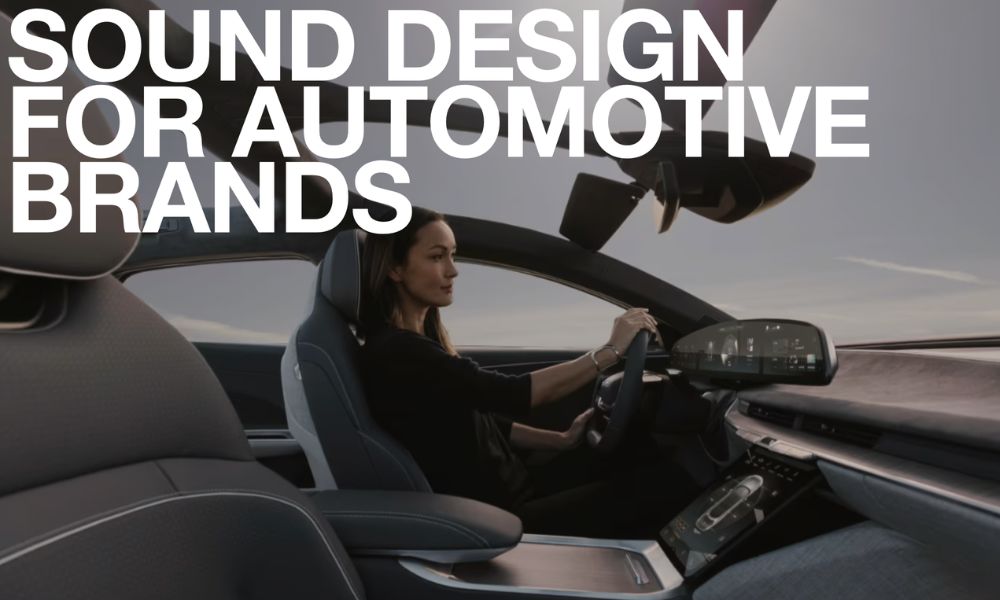
Driving is not just about getting from point A to point B; it’s an experience that engages the senses, especially hearing. Paying attention to the sounds cars make plays a critical role in keeping everyone safe on the road while boosting immersion, brand recognition, and affinity.
Through intentional sound design, cars can communicate with us, making driving safer and more intuitive. Reflect on how sound design for cars improves road safety so you can keep your vehicles as safe as possible for drivers and pedestrians.
Enhancing Functionality and Immersion
In combination with visuals and haptics, sound can be used to make the driving experience more informative, communicative, and immersive. The revving of an engine, the tick of a turn signal, and the quick repetition of a forward collision alert guide the driver’s decision-making process and aid their reaction time.
The sudden loudness or increase in pitch of a severe warning instantly communicates critical information to the driver. On the other hand, calm, harmonious, musical tones make brand moments like a welcome sound more delightful and immersive reinforcing a brand’s values. These more immersive sounds especially come into play when we begin thinking about autonomous driving experiences. Ultimately, these acoustic cues, whether functional or immersive, serve as an extension of the senses.
A well-designed sound environment reduces visual distractions, preventing sensory overload and improving a driver’s ability to focus on the act of driving. It also ensures the vehicle’s audio cues are distinct enough to be communicative about the intention of the alert or interaction.
Improving Pedestrian Safety
Beyond the confines of the cabin, vehicle sounds reach pedestrians and cyclists and provide information necessary to be able to react. The hum of an engine must be able to alert nearby pedestrians to incoming cars. As EV’s are becoming more prominent, there is an even bigger need for engine sounds to be intentionally designed for safety because EV’s are naturally quiet. In fact, the National Highway Traffic Safety Administration has passed a law mandating specific requirements for car manufacturers to emit sounds for their EV engine tones. These newer engine tones, called Acoustic Vehicle Alerting Systems (aka AVAS), make pedestrians aware of the otherwise quiet rumble of modern EVs.
With the introduction of AVAS sounds for automotive brands, it offers an opportunity to rethink the soundscape of the future that increases pedestrian safety while also being reflective of their brand. These intentionally designed sounds can project harmonious textures that serve as warnings to those in the vicinity without shattering the peace of the vehicle’s interior or polluting our natural soundscapes.
Meeting Manufacturer Needs
The automotive industry resonates with innovation, especially in the realm of sound design. The key to using sound design in cars for improving road safety is working with professional sound designers who can bring your product to life.
How long a sound lasts, how pleasant it sounds, how loud it is, or what pitch range it is in—these are very strategically designed to fit the need of an interaction. Work with sound designers who have experience in the automotive industry to ensure your needs are met.
The integration of purposeful sound design in vehicles offers benefits beyond acoustics. It melds brand and functionality in ways that enhance the driving experience. Talk to professional sound designers today to make the best audio decisions for your vehicles. At CMoore Sound, our team excels in experiential sound design and other auditory solutions that ensure products and brands stand out and have done so with the likes of Lucid Motors, Tesla, and Waymo.